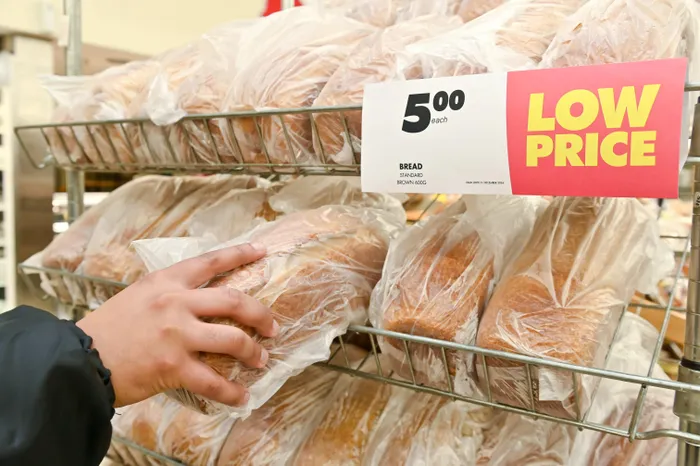SA food security improves slightly, but hunger remains widespread – Shoprite Index
FOOD SECURITY

The Shoprite SA Food Security Index released on Thursday indicated a slight improvement, rising to 56.5 in 2024 from 44.9 in 2023
Image: Supplied
South Africa’s food security has shown modest progress, according to the latest Shoprite SA Food Security Index, released on Thursday.
The Index rose to 56.5 in 2024, up from 44.9 in 2023, signaling an improvement but still lagging behind the 2019 score of 65.8, when hunger levels were significantly lower.
While Shoprite and civil society groups have welcomed the improvement, they warn that hunger and malnutrition remain deeply entrenched challenges across the country.
Sanjeev Raghubir, Shoprite’s chief sustainability officer, said the findings offer “a glimmer of cautious optimism,” but stressed that hunger continues to affect millions of South Africans — including at least one in 10 children.
“This index is designed to monitor the country’s progress in addressing hunger and to close the significant research gap that exists on this critical issue,” he said.
Raghubir explained that the Index measures food security based on four key factors: food availability, economic and physical access, diet diversity, and stability. He noted that price remains the single biggest influence on consumer food choices.
He added that Shoprite’s efforts to contain prices had contributed to the slight gains seen this year.
"In the 2025 financial year, our prices increased by only 2.3%, and over 13 300 products in our stores were cheaper than in the previous year.”
Civil society groups echoed the findings but cautioned that the improvement has not yet translated into meaningful relief for the poorest households.
Evashnee Naidu, KwaZulu-Natal regional manager at Black Sash, said that while some studies show a decline in food prices for certain products, many families remain trapped in food insecurity.
“Households with little to no income or relying solely on social grants have to choose what they buy and when they buy as it is linked to the value of their grant,” Naidu said.
"This results in bulk buying and not necessarily the most nutritious of foods. Linking this to chronic health care, which requires good nutrition, households are further struggling to cope."
Siyanda Baduza, a researcher with the Basic Income Project at the Institute for Economic Justice (IEJ), said the improvement aligns with the latest General Household Survey, which also showed a slight uptick in food security. However, the overall situation remains dire.
"Around 1 in 4 households do not have consistent access to nutritious food, and many of these are female-headed households. Food insecurity in South Africa is largely a problem of income poverty, as experts find that the country is food-secure at a national level - meaning we produce enough food, but not everyone can afford it,” Baduza said.
Mervyn Abrahams, Director of Pietermaritzburg Economic Justice and Dignity Group (PMBEJD), added that stagnant wages and high unemployment continue to drive food insecurity.
“The rise in food prices has and will continue to impact food insecurity in the country,” he said.
Abrahams added that the main challenge remains with the low-income earners who have very limited, if any access, to technical support such as land, water, and other implements so that families, households, and communities are able to grow their own crops and food gardens, thereby dealing with hunger and food insecurity.
Aliya Chikte, project officer at the Alternative Information and Development Centre (AIDC), criticised the Social Relief of Distress (SRD) grant for being insufficient to meet even basic nutritional needs.
“Even if SRD recipients lived exclusively on subsidised R5 meals, millions of people would still not be able to afford to feed themselves for the whole month. While Shoprite points to minor improvements in reducing hunger levels, the national hunger crisis is still undeniable: 155 children died from malnutrition in just six months this year," Chikte said.
"This is a direct result of unaffordability, creating a triple burden of malnutrition where stunting and wasting coexist with obesity.”
BUSINESS REPORT